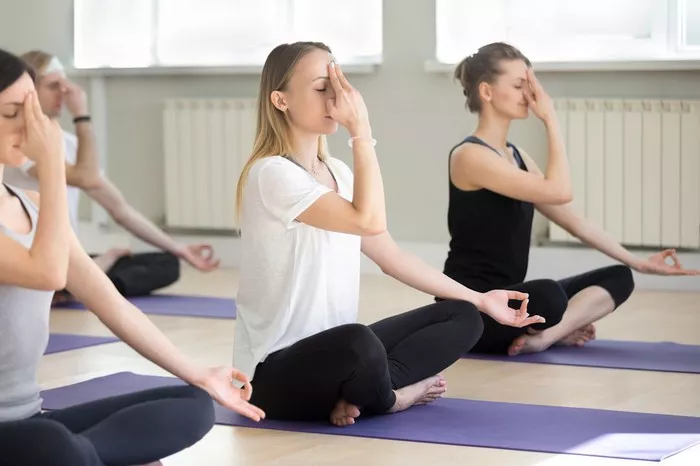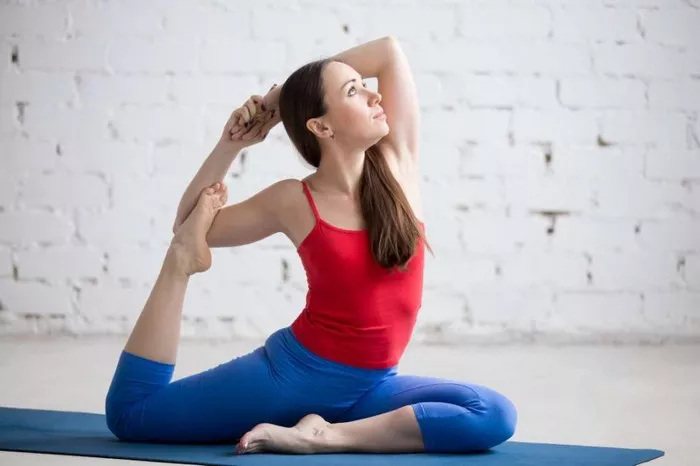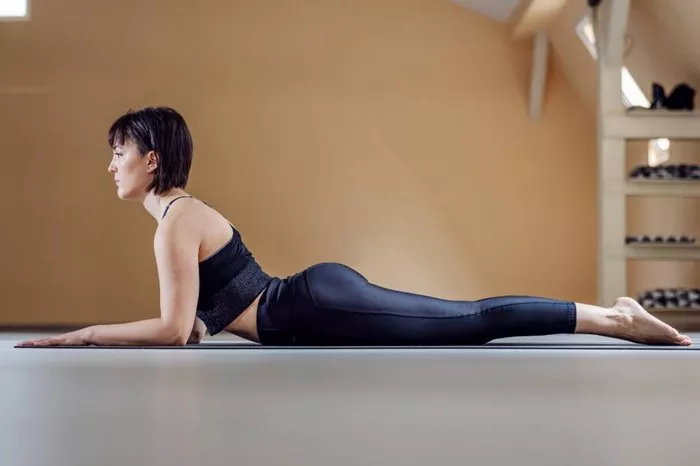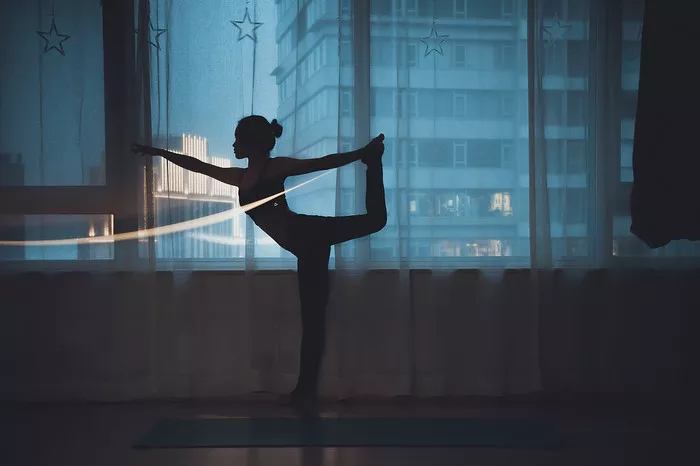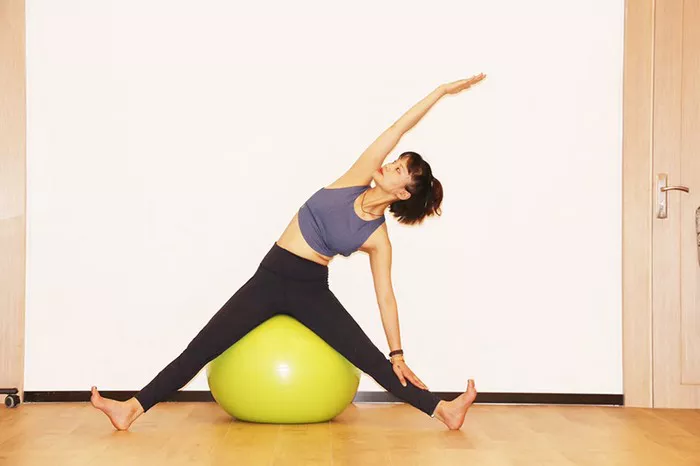A recent study from Stanford University highlights the potential of yoga in alleviating urinary incontinence among women over 45. While urinary incontinence is often considered a common issue associated with aging, it poses serious health risks if left untreated. The findings, published in the Annals of Internal Medicine, suggest that pelvic floor yoga can significantly reduce instances of this condition.
The research involved 240 women who were divided into two groups over a 12-week period. One group engaged in a specialized pelvic floor yoga program, while the other focused on general strength and conditioning exercises. Both groups reported a remarkable 65% reduction in episodes of urinary urgency and incontinence. Dr. Leslee Subak, senior author of the study and chair of obstetrics and gynecology at Stanford Medicine, noted that the mindful nature of yoga likely enhances awareness and engagement of the pelvic floor muscles.
“This study provides evidence that a widely accessible intervention can be effective,” Dr. Subak said, emphasizing the importance of yoga as an additional treatment option for women experiencing bothersome incontinence.
The significance of addressing urinary incontinence cannot be overstated. Dr. Subak pointed out that nearly half of all women experience this issue, which can severely impact quality of life, leading to depression, social isolation, and even institutionalization in severe cases.
For those looking to incorporate yoga into their routine, the study utilized Hatha and Iyengar yoga—gentle forms focused on restorative practices. Participants practiced a core set of 16 postures designed to engage the pelvic floor while promoting relaxation.
Here are five recommended poses to improve pelvic floor health, each to be practiced at least three times per week:
Chair Pose (Utkatasana): Stand with feet parallel to hips, arms raised overhead, and gently squat as if sitting in an invisible chair.
Corpse Pose (Savasana): Lie on your back with feet shoulder-width apart, arms extended at a 45-degree angle. Focus on deep breathing to release tension.
Mountain Pose (Tadasana): Stand tall with feet hip-width apart, arms by your sides. Inhale, raise your arms overhead, then bring hands together at your chest.
Triangle Pose (Trikonasana): With one foot forward, keep your back foot flat. Lean towards the front leg, placing your arm where it lands, and raise the other arm skyward.
Legs Up the Wall Pose (Viparita Karani): Position a mat against a wall, elevate your hips on a blanket, and rest your legs vertically against the wall.
This accessible approach to pelvic health emphasizes the importance of addressing urinary incontinence, allowing women to regain control and improve their quality of life through simple, effective yoga practices.
You Might Be Interested In

